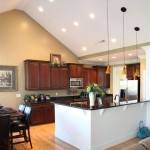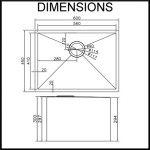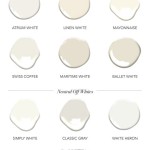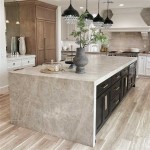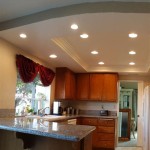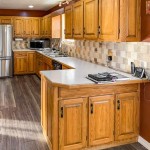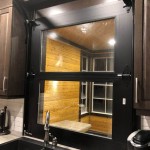Gray Kitchen Cabinets With Black Countertops: A Study in Timeless Elegance and Modern Versatility
The pairing of gray kitchen cabinets with black countertops has solidified its position as a design staple, favored for its sophisticated aesthetic and ability to adapt to a diverse range of interior styles. This combination offers a visual balance, blending the neutrality of gray with the boldness of black, creating a space that is both modern and timeless. Understanding the nuances of this design choice, including the various shades of gray, the types of black countertops available, and the surrounding design elements, is crucial for achieving a cohesive and visually appealing kitchen.
This article will explore the aesthetic and practical considerations of designing a kitchen with gray cabinets and black countertops, examining the impact of different shades, material choices, hardware selections, and complementary design features. It will delve into the versatility of this combination, demonstrating its suitability for both contemporary and traditional kitchen designs, while also providing insights into managing potential challenges such as maintaining sufficient light and preventing the space from feeling too stark.
The Allure of Gray: Exploring Shades and Undertones
The color gray is far from monolithic. It encompasses a spectrum of shades, each possessing its own unique character and influence on the overall kitchen ambiance. Light grays, approaching white, offer a bright and airy feel, making them ideal for smaller kitchens or spaces with limited natural light. These lighter shades can create a sense of spaciousness and openness, while still providing a subtle contrast against black countertops.
Mid-tone grays, such as dove gray or slate gray, strike a balance between lightness and depth. They offer a sophisticated and versatile backdrop that can complement a wide range of design styles. These shades are particularly effective in creating a cozy and inviting atmosphere, without overwhelming the space.
Dark grays, such as charcoal or iron gray, introduce a dramatic and grounding element to the kitchen. When paired with black countertops, they can create a bold and luxurious aesthetic. However, caution should be exercised when using darker grays, as they can potentially make a kitchen feel smaller and darker, especially if natural light is limited. Proper lighting solutions are vital to offset this potential drawback.
Beyond the lightness or darkness of the gray, the undertone of the color plays a critical role in the overall aesthetic. Gray can have cool undertones (blue or green) or warm undertones (yellow or red). Cool grays tend to feel more modern and sleek, while warm grays can create a more inviting and traditional atmosphere. The choice of undertone should be carefully considered in relation to the other elements in the kitchen, such as the flooring, backsplash, and hardware.
Furthermore, the finish of the gray cabinets also significantly impacts the look and feel of the kitchen. A matte finish tends to absorb light, creating a softer and more muted appearance. A glossy finish, on the other hand, reflects light, enhancing the brightness and creating a more modern and polished look. The finish should be selected based on the desired style and the amount of natural light available in the kitchen.
Black Countertops: Material Choices and Practical Considerations
The selection of the black countertop material is just as important as the choice of gray cabinet color. Several materials offer the desired black hue, each with its unique characteristics, advantages, and disadvantages. Popular choices include granite, quartz, marble, and laminate.
Granite is a natural stone known for its durability and unique veining patterns. Black granite countertops are a popular choice for their rich, dark color and resistance to heat and scratches. However, granite requires periodic sealing to prevent staining and can be more expensive than other options.
Quartz is an engineered stone composed of crushed quartz and resin. It offers a consistent color and pattern, making it a reliable choice for achieving a uniform look. Black quartz countertops are highly durable, non-porous, and require minimal maintenance, making them a practical option for busy kitchens.
Marble is a luxurious natural stone known for its elegant appearance and unique veining. While black marble countertops can add a touch of sophistication to a kitchen, they are more porous and susceptible to staining and etching than granite or quartz. Marble requires more careful maintenance and is best suited for kitchens where aesthetics outweigh practicality concerns.
Laminate is a more affordable option consisting of a thin layer of decorative plastic bonded to a substrate. Black laminate countertops are cost-effective and come in a variety of textures and patterns. However, they are less durable than natural or engineered stone and are more susceptible to scratches and heat damage.
Beyond the material, the finish of the black countertop also plays a role in the overall aesthetic. A polished finish provides a high-gloss shine that reflects light and creates a modern look. A honed finish offers a matte surface that is softer and less reflective. The choice of finish should complement the style of the kitchen and the finish of the gray cabinets.
When selecting black countertops, it is crucial to consider the maintenance requirements of the chosen material. Some materials, such as granite and marble, require periodic sealing to prevent staining, while others, such as quartz, are virtually maintenance-free. The level of maintenance required should be factored in based on the lifestyle and preferences of the homeowner.
Complementary Design Elements: Hardware, Backsplash, and Lighting
The success of a kitchen design with gray cabinets and black countertops hinges not only on the cabinets and countertops themselves but also on the complementary design elements that tie the space together. Hardware choices, backsplash selections, and lighting strategies play a critical role in creating a cohesive and visually appealing kitchen.
Hardware choices can significantly impact the style and character of the kitchen. For a modern look, sleek stainless steel or brushed nickel hardware can complement the clean lines of the cabinets and countertops. For a more traditional look, antique brass or oil-rubbed bronze hardware can add a touch of warmth and elegance. The size and shape of the hardware should also be considered in relation to the size and style of the cabinets.
The backsplash provides an opportunity to introduce color, texture, and pattern to the kitchen. A classic white subway tile backsplash can create a clean and timeless look, while a bolder tile, such as glass or mosaic, can add a pop of personality. The color of the backsplash should complement both the gray cabinets and the black countertops, creating a harmonious and visually balanced design. Alternatively, extending the black countertop material up the wall as a backsplash creates a seamless and luxurious feel.
Lighting is crucial for creating a functional and inviting kitchen. A combination of ambient, task, and accent lighting is essential for providing adequate illumination and highlighting key design features. Under-cabinet lighting can illuminate the countertops, making food preparation easier and more enjoyable. Pendant lights over the island or breakfast bar can add a touch of style and create a focal point. Recessed lighting can provide overall illumination for the entire kitchen.
Furthermore, the choice of flooring can significantly impact the overall aesthetic. Light-colored flooring, such as light wood or tile, can help to brighten the space and create a sense of spaciousness. Dark-colored flooring, such as dark wood or slate, can ground the space and create a more dramatic look. The flooring should complement both the gray cabinets and the black countertops, creating a cohesive and visually balanced design.
Finally, the addition of accessories and décor can personalize the kitchen and reflect the homeowner's individual style. Plants, artwork, and decorative objects can add pops of color and visual interest to the space. Choosing accessories that complement the overall color scheme and style of the kitchen will enhance the overall aesthetic and create a welcoming and functional space.
In summary, the combination of gray kitchen cabinets and black countertops offers a versatile and sophisticated design option. By carefully considering the shade of gray, the material of the countertop, and the complementary design elements, a kitchen can be created that is both visually stunning and highly functional.

Gray Cabinets Black Countertops 5 Decoratoo Gabinetes De Cocina Grises Diseño Gris

Glamorous Gray Kitchens Barthram News Best Kitchen Cabinets Grey

Black Granite Countertop And Dark Gray Kitchen Cabinets Cabinet Design Countertops

12 Grey Kitchen Cabinets That Will Inspire And Delight You

Outstanding Grey Kitchen Ideas Oppolia

50 Light Gray Kitchen Cabinets Cool Moody Grey

These Gray Kitchen Cabinets Offer A Neutral Twist Bob Vila

Countertop Ideas For Gray Kitchen Cabinets

25 Modern Grey Kitchen Cabinet Ideas Lily Ann Cabinets
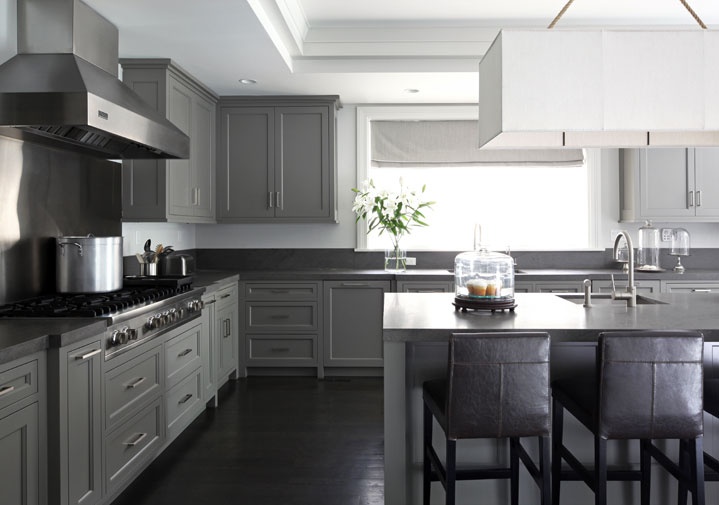
Countertop Ideas For Gray Kitchen Cabinets

